Embarking on the journey to select the perfect commercial carpet for your business can often feel like navigating a maze of options, specifications, and terminologies. To ease this journey, we’ve compiled a comprehensive FAQ that addresses the most common questions and concerns you might encounter. Whether you’re curious about the durability of different carpet materials, the cost-effectiveness of commercial versus residential carpets, or the specifics of installation and maintenance, our guide is designed to illuminate the path to making an informed and confident flooring choice for your business. Join us as we explore these topics and more, ensuring that your commercial carpet selection not only meets but exceeds your expectations.
What Type of Carpet is Best for Commercial Use?
The best type of carpet for commercial use typically includes loop pile and cut pile carpets, with materials like nylon, olefin (polypropylene), and polyester being popular for their durability, stain resistance, and ease of maintenance. Nylon, especially, stands out for high-traffic areas due to its resilience and ability to retain appearance.
What is the Best Carpet for Commercial Spaces?
For commercial spaces, carpet tiles and broadloom carpets are considered optimal. Carpet tiles are especially favored for their versatility, easy installation, and replacement. Materials like nylon offer the best blend of durability, aesthetic appeal, and maintenance characteristics, making them ideal for diverse commercial environments.
Is Commercial Carpet Cheaper Than Residential?
Commercial carpets can be more cost-effective in the long run when considering durability and maintenance costs, although the initial investment might be higher. They are designed for high traffic and longer wear, which can offset the initial cost over time compared to residential carpets that may need more frequent replacement.
What is Commercial Carpet Called?
Commercial carpet is often referred to as “commercial grade carpet” or “contract carpet.” It encompasses a range of products designed specifically for business environments, including carpet tiles and broadloom carpets tailored for high-traffic areas.
What is the Most Durable Commercial Carpet?
Nylon carpets are generally considered the most durable commercial carpets. They are designed to withstand significant foot traffic, resist stains and fading, and maintain their appearance over time. Carpets with tight loop piles are also noted for their durability in commercial settings.
How Thick Should Commercial Carpet Be?
The thickness of commercial carpet depends on its intended use and location. Generally, commercial carpets prioritize density over thickness for durability and ease of cleaning. A dense, low-profile carpet (with a pile height of about ¼ inch) is often recommended for most commercial settings.
Do You Need Padding Under Commercial Carpet?
Padding is not typically required under commercial carpet, especially for carpet tiles and glue-down installations. The focus is on stability and durability in high-traffic areas, where padding can actually decrease the lifespan of the carpet by causing it to shift and wear unevenly.
Does Commercial Carpet Need Underlay?
Similar to padding, underlay is not usually necessary for commercial carpets. The design of commercial carpeting, particularly with carpet tiles and certain broadloom options, is such that it can be installed directly over the subfloor without the need for additional underlay.
Is Commercial Grade Carpet Expensive?
The cost of commercial grade carpet varies based on material, design, and installation requirements. While it may have a higher upfront cost compared to residential carpet, its durability and longer lifespan can provide better value for commercial applications.
How Often Should Commercial Carpet Be Replaced?
The replacement frequency for commercial carpet depends on its traffic and maintenance. Generally, well-maintained commercial carpet in high-traffic areas can last between 7 to 15 years. Regular cleaning and maintenance extend its lifespan, delaying the need for replacement.
What is the Life Expectancy of Commercial Carpet?
The life expectancy of commercial carpet ranges from 7 to 15 years, influenced by factors like foot traffic, material quality, and maintenance. Carpets in lower-traffic areas may last longer, while those in high-traffic zones might need replacement sooner.
By answering these questions thoroughly, your blog post will not only serve as a valuable resource for potential customers but also enhance your website’s SEO for the keyword “commercial carpet.” Remember to include internal links to your commercial carpet page, utilize relevant keywords naturally throughout your content, and provide clear, concise answers to improve readability and engagement.
How to Clean Commercial Carpet?
Cleaning commercial carpet efficiently involves a combination of regular vacuuming, spot cleaning, and periodic deep cleaning. Vacuuming should be done daily in high-traffic areas to remove dirt and debris. Spot cleaning, as soon as spills occur, helps prevent stains from setting in. For deep cleaning, it’s recommended to hire professional carpet cleaners who can use hot water extraction methods every 6 to 12 months. Additionally, implementing a preventive maintenance plan, like placing mats at entrances, can significantly reduce the amount of dirt tracked onto the carpet.
How to Install Commercial Carpet?
Installing commercial carpet, particularly broadloom carpet, requires careful preparation and attention to detail. The subfloor must be clean, dry, and smooth. Begin by measuring the area and cutting the carpet to fit, leaving a slight excess to trim at the edges. Apply a compatible adhesive to the subfloor, or use double-sided tape for smaller areas. Lay the carpet down, smoothing out any bubbles or wrinkles, and trim the edges for a perfect fit. Ensure seams between carpet pieces are tight and well-aligned to avoid visible lines.
How to Install Commercial Carpet Tiles?
Installing commercial carpet tiles is a straightforward process that offers flexibility and ease of replacement. Start by cleaning the subfloor thoroughly. Lay out your tiles starting from the center of the room, using chalk lines to create quadrants for guidance. Apply tiles moving outward, pressing firmly to ensure they adhere properly to the adhesive backing or to the subfloor if using glue-down tiles. Make sure to align the arrows on the back of the tiles for consistent pile direction. Trim tiles as needed to fit around edges and obstacles.
How Long Does Commercial Carpet Last?
The lifespan of commercial carpet can vary widely based on factors like foot traffic, material quality, and maintenance practices. Generally, commercial carpet is designed to last between 7 to 15 years. High-quality nylon or polypropylene carpets, with proper care, can reach the upper end of this range, while areas subject to intense use may see a shorter lifespan.
How Long to Depreciate Carpet in Commercial Building?
The depreciation period for carpet in commercial buildings, according to the IRS (Internal Revenue Service) guidelines, is generally 5 years. This is under the Modified Accelerated Cost Recovery System (MACRS), which allows commercial property owners to deduct the cost of the carpet over its expected life for tax purposes. It’s important to consult with a tax professional for specific advice and to ensure compliance with current tax laws and regulations.
Do you have any questions we didn’t cover? Leave a comment below!
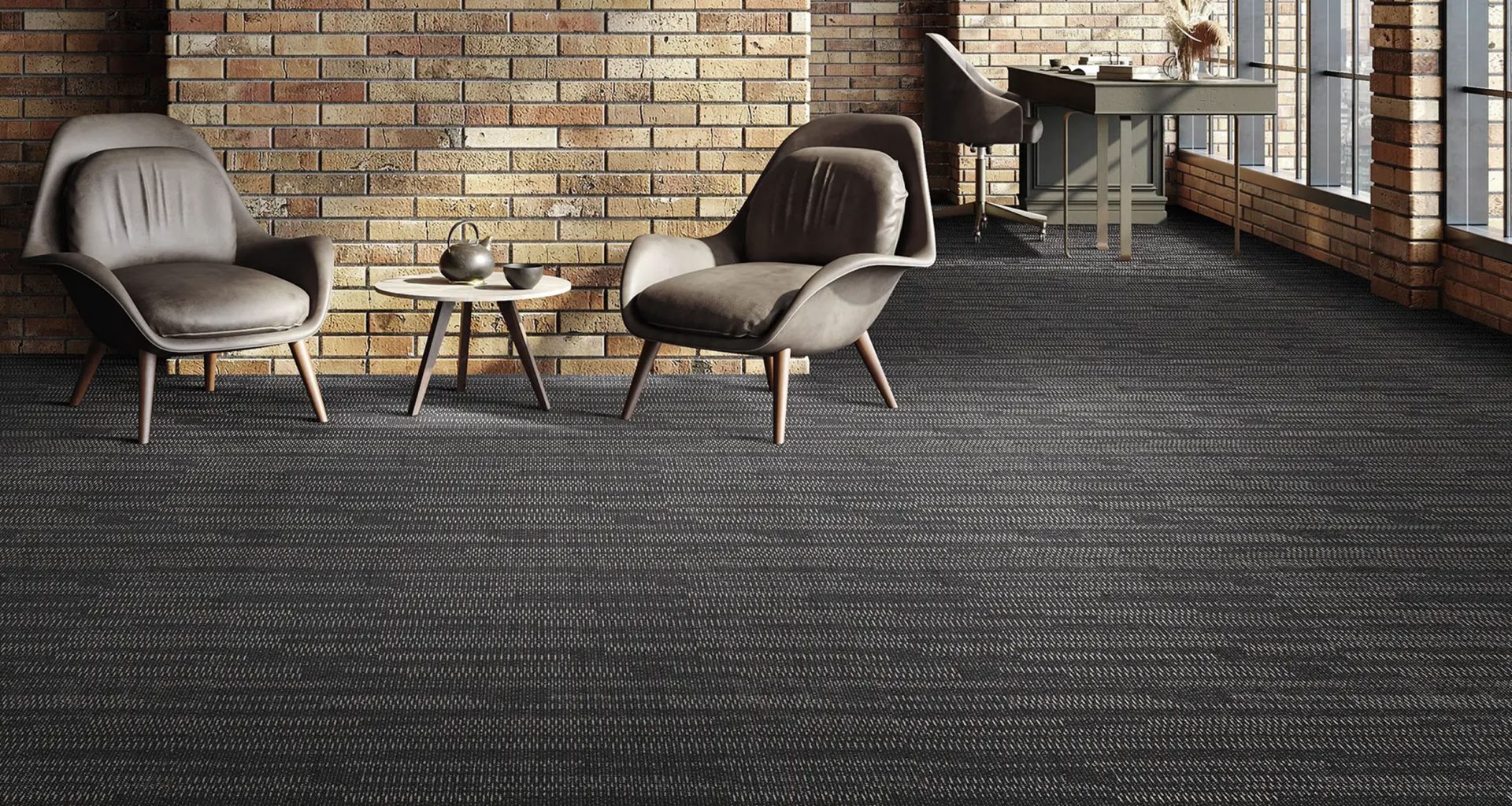
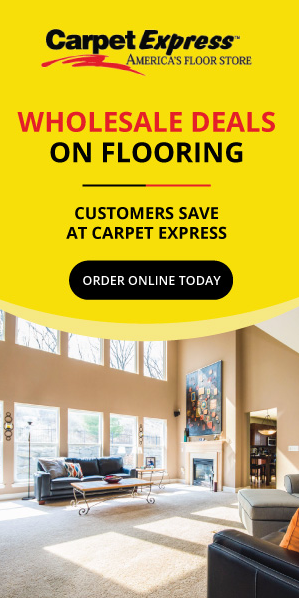
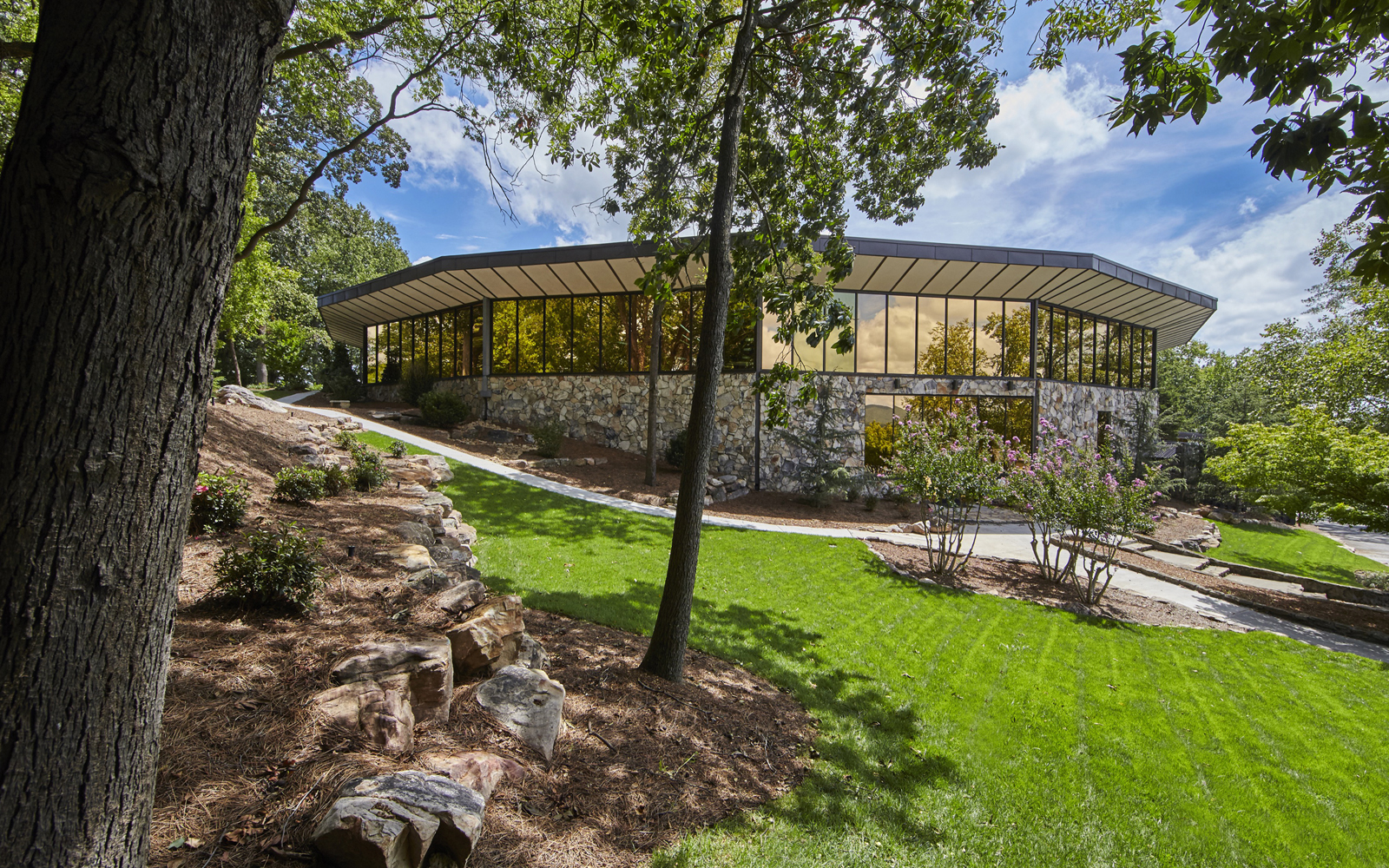
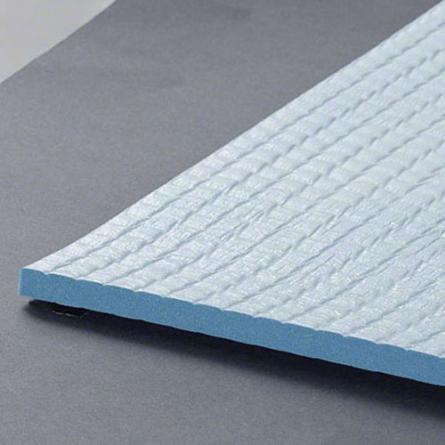
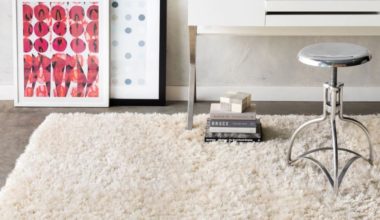
1 comment
Shop carpetexpress.com for the best commercial carpets in the flooring industry at amazing prices!
https://www.carpetexpress.com/carpet/commercial-pcid-115.html
Comments are closed.